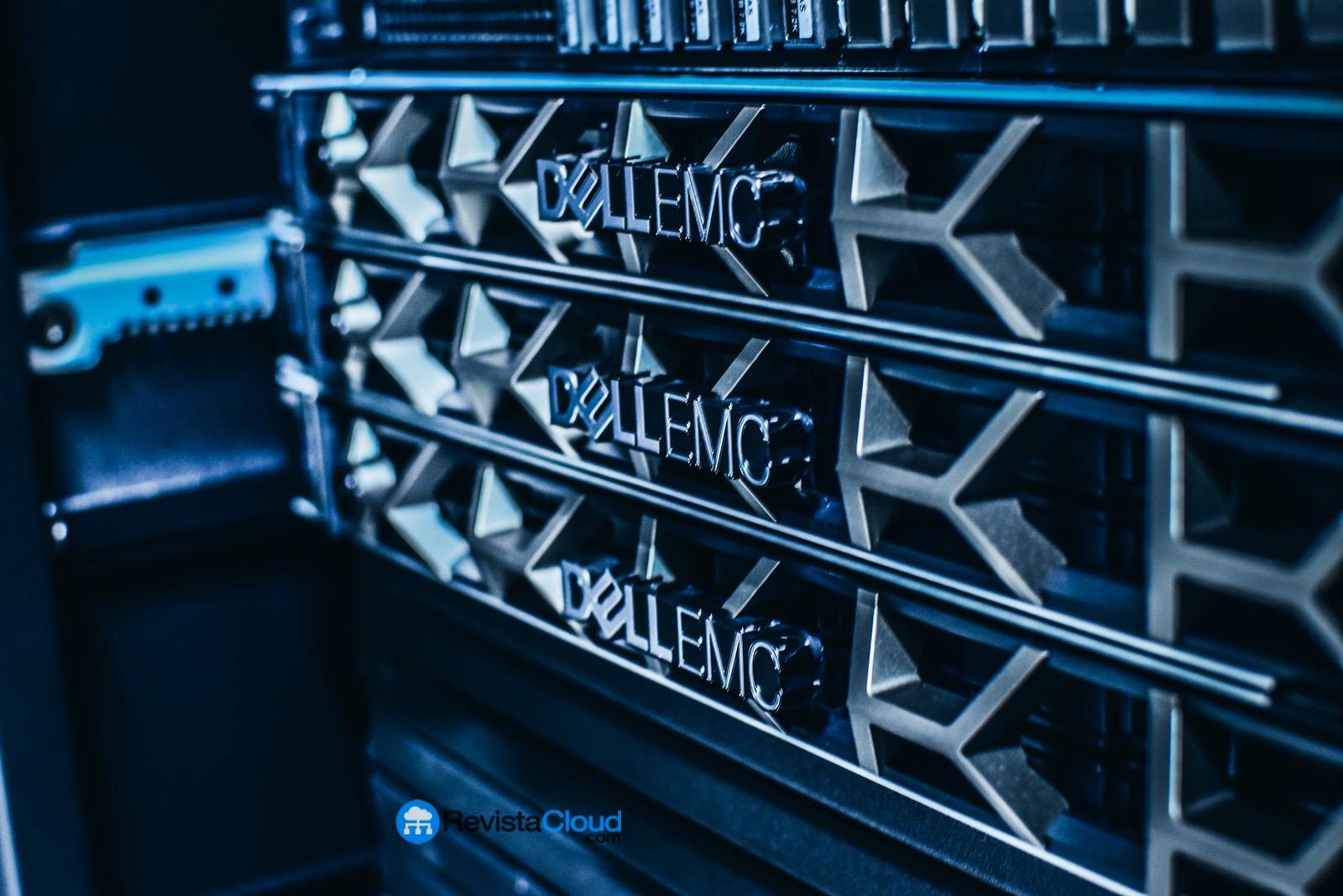For years, bare metal servers were considered relics of the pre-cloud era: powerful but rigid, overshadowed by the promise of elasticity that virtualization offers. However, in 2025, the technological pendulum has swung back. Dedicated servers are experiencing an unprecedented resurgence driven by the explosion of artificial intelligence, edge computing, cost control in public cloud, and increasing regulatory demands.
This renaissance is not due to nostalgia but necessity. From startups looking for economic efficiency to large corporations demanding total control and predictable performance, bare metal is reclaiming a central place in digital infrastructure strategies.
What is a bare metal server and why is it becoming relevant again?
A bare metal server is a physical machine dedicated exclusively to a single client. Unlike virtualized or shared environments, it offers direct access to all system resources: CPU, RAM, GPU, and storage. This translates to:
- Predictable performance without noisy neighbors
- Very low latency for critical applications
- Greater data isolation and security
In an era marked by the need for transparency and control over infrastructure, bare metal has become a strategic solution.
Drivers of the bare metal resurgence
1. Artificial intelligence needs total control
Training language models, real-time inference, and vector databases require high-end GPUs, large volumes of memory, and ultra-fast storage. In the public cloud, these resources are often oversubscribed, costly, and lack transparency.
Bare metal offers:
- Full access to GPUs like NVIDIA H100 or AMD MI300X
- Liquid cooling integration for intensive workloads
- Low-latency networks with RDMA or InfiniBand
2. Cost optimization and FinOps strategy
With cloud bills skyrocketing, many companies are reconsidering their infrastructure. Bare metal allows:
- Clear billing, without hidden fees or egress charges
- 30% to 70% savings on stable, long-term workloads
- Better budget control compared to on-demand services
3. Regulatory compliance and data sovereignty
Regulated sectors like finance, healthcare, or public administration need absolute control over their data. Bare metal facilitates:
- Single-tenant environments
- Deployments aligned with standards like PCI-DSS, HIPAA, or ENS
- Geographical control over data location and processing
Use cases driving its adoption
Bare metal servers are gaining traction in multiple verticals:
- AI and machine learning: control over GPUs, fast local storage, and minimal latency.
- Video games and VFX: real-time graphics processing without fluctuations.
- Blockchain and Web3: consistent performance and integrity of the ledger.
- Financial services: deterministic computing with isolated environments.
- Edge computing: low latency and consistent performance in distributed environments.
Modern bare metal: automated and orchestrated
The myth that bare metal implies slow provisioning is a thing of the past. Current platforms offer:
- APIs for on-demand server deployment and destruction
- Compatibility with Kubernetes, Terraform, Ansible, or Helm
- Multi-region dashboards and container-ready environments
Some notable providers:
- DedicatedNodes: specializing in AI workloads with configurable GPUs
- Zenlayer: low-latency bare metal in emerging markets and edge regions
- PhoenixNAP: focus on security and compliance for critical sectors
- OVHcloud: competitively priced bare metal infrastructure on a global scale
The new partnership: bare metal + hybrid cloud
More organizations are combining bare metal with cloud services to deploy private clouds, Kubernetes clusters with physical control, and intensive workloads near data (data gravity zones). This symbiosis helps avoid vendor lock-in and regain sovereignty over IT environments.
The role of bare metal in the edge
Edge computing demands data processing locally and in real time. Industries like retail, telecommunications, or manufacturing are investing in bare metal servers in factories, stores, or 5G towers.
Manufacturers like Supermicro, Dell OEM, or Advantech are launching bare metal solutions in mini-racks and edge-ready modules.
Sustainability: an added advantage
- By eliminating the overhead of virtualization, it improves hardware utilization
- Encourages “tight” deployments and prevents over-provisioning
- Eco-friendly providers offer liquid cooling, renewable energy, and real-time carbon metrics
Comparison: Bare Metal vs Public Cloud
| Aspect | Bare Metal | Public Cloud |
|---|---|---|
| Performance | Dedicated and predictable | Variable and shared |
| Cost | Predictable, without hidden fees | Complex and dynamic billing |
| Scaling | Slower, but controlled | Fast and elastic |
| Security | Total isolation | Less control |
| Data sovereignty | Total | Subject to provider policies |
| Ideal cases | AI, edge, compliance, stable workloads | Elasticity, prototyping, ephemeral workloads |
Trends driving bare metal in 2025
- Specific infrastructure needs for AI
- SaaS startups looking to reduce costs and latency
- Increasingly strict data localization regulations
- Cloud repatriation (reverse migration) due to costs and performance
Conclusion: the future is not just virtual; it is also physical, efficient, and controlled
Bare metal servers have transitioned from being “old school” to becoming the foundation of a new generation of optimized, sustainable, and performance-oriented infrastructure. In 2025, they are more than an alternative: they are a strategic choice for those seeking technological freedom, economic control, and readiness for artificial intelligence.

